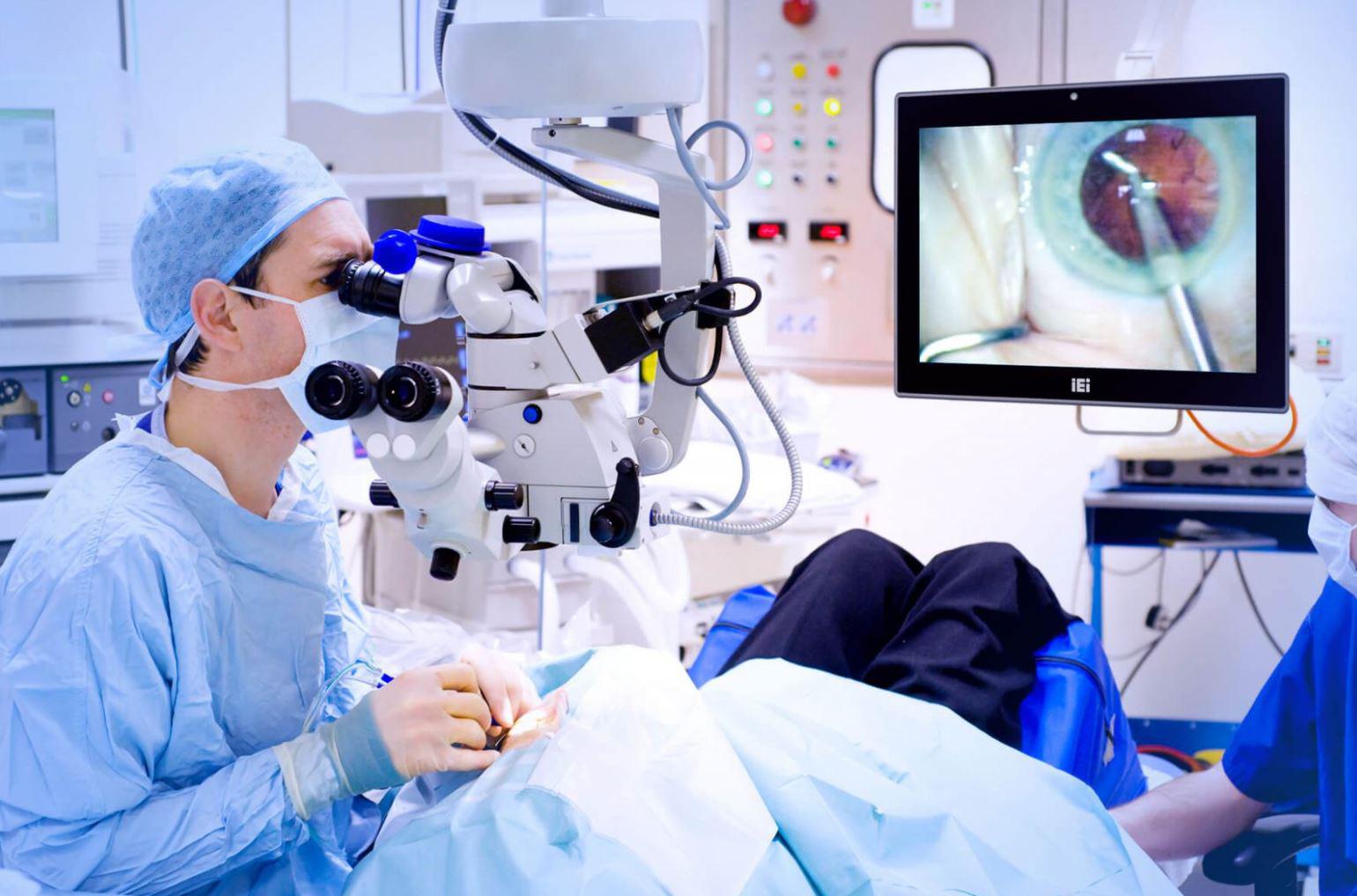ANSTO research to defeat killer Cancer STEM cells
- Written by Marcus Middleton

There are two very common questions that cancer patients ask their doctors after they have undergone a cancer treatment such as radiotherapy. “Did you get it all?” and “Is it coming back?”
Often the answer is good. Often, it’s not, with some types of cancer being particularly hard to target and treat, and some resulting secondary cancers being even more aggressive and untreatable.
These secondary cancers are often caused by cancer stem cells (CSCs), which survive the original treatment and then go on to cause disease in other parts of the body.
“If left behind, cancer stem cells can act like a ticking bomb that cause the cancer to come back more aggressively,” explains ANSTO’s Dr Mitra Safavi-Naeini
ANSTO is working on a breakthrough treatment for many types of cancer, including cancers that have spread dangerously beyond the primary tumour, using particle accelerator technology.
Called Neutron Capture Enhanced Particle Therapy (NCEPT) the approach involves a diverse collaboration between physicists, chemists, and biologists.
Dr Safavi-Naeini is leading the international NCEPT team, with the technique already demonstrated in cells in the laboratory (in vitro) and animal trials underway, prior to initial clinical trials in Japan.
“The approach delivers a "one-two" punch to cancer cells – firstly through direct irradiation of tumour cells with charged particles, and secondly, using tumour-targeting drugs that capture a second type of radiation, produced as a by-product of the first, and then delivering an extra radiation dose right where it is needed – in particular, to the cancer stem cells,” she explained.
“This can be used to target and kill secondary cancers.”
With conventional cancer treatment like chemotherapy, you treat the body, or at best the area cancer is in, relying on the fact that the otherwise healthy cells around the cancer have capacity to recover.
Particle therapy uses protons or ions to far more precisely target tumours, resulting in fewer side effects compared to more common treatments such as radiotherapy.
An exciting partnership by Federal and South Australian governments will see delivery of Australia’s first particle therapy facility in Adelaide, which is expected to open in 2023.
NCEPT looks at the next horizon to what’s possible after the establishment of the particle therapy facility, to significantly increase effectiveness of particle therapy and improve patient outcomes.
“Chemotherapy doesn’t really target cancer. It’s more like carpet bombing the body and relying on the fact normal tissue is better at recovering and rebuilding than a tumour,” Dr Safavi-Naeini said.
“In particle therapy, you can narrow your target to the tumour level, so to continue the war analogy – it’s more like a guided cruise missile.
“NCEPT sends snipers along with the missile to eliminate the cancer and all pockets of resistance. It is able to target at the cellular or subcellular level, inside and outside the tumour.
“Once proven, NCEPT will give you more benefit for the same radiation dose, with more specific targeting, reduced treatment times, and faster recovery.
“We are very hopeful that NCEPT will be a powerful new tool for the treatment of cancers for which no viable treatments currently exist.
“For example, one of our targets is DIPG, which is a rare but deadly cancer of the upper brain stem, which is made even more insidious by the fact that it is largely an early childhood cancer.
“Treatments such as radiotherapy can harm normal tissue in a child’s brain, and even particle therapy can only target and kill the tumour but not the cancer stem cells that often infiltrate the brain stem.
“The one-year survival rate for upper brain stem cancer is effectively zero, and we hope that NCEPT will offer a new treatment option for these patients, by targeting both the tumour and the cancer stem cells.
“NCEPT also has potential for pancreatic cancer, which is notoriously challenging as it shields itself with a thick layer of scar-like tissue and has a tendency to wrap around critical blood vessels and other organs.
“Other cancers including of the brain, liver, lung, and stomach, which have a significant risk of secondary cancer development after treatment, are also on the list of diseases which could benefit from NCEPT.”
Professor Reinhard Schulte, MD is a radiation oncologist at Loma Linda University, which has the first ever built and most famous proton therapy centre in the United States.
“NCEPT is a breakthrough in cancer treatment, combining external radiation therapy with internally targeted radiation therapy using the neutron capture (NC) phenomenon,” Professor Schulte said.
“Radiation therapy is part of cancer therapy in more than 50 per cent of all cancer patients, but it has been recognised that stem cells of many tumors are very resistant to x-rays.
“Therefore, a radiation component with higher linear energy transfer such as carbon ions and the secondary ions produced with neutron capture is needed. NCEPT marks a paradigm shift in cancer therapy.”
Last week NCEPT received a grant from the Foundation for Australia-Japan Studies (FAJS), with $150,000 to support follow-up studies in Australia and at the HIMAC treatment facility in Japan.
In addition, ANSTO has an active program to focused on the discovery of disease-specific drugs for use in NCEPT, to maximise its impact.
You can find more background information and technical detail regarding NCEPT on the ANSTO website. Including a video explainer and animation which carefully details how NCEPT works can be found here.













